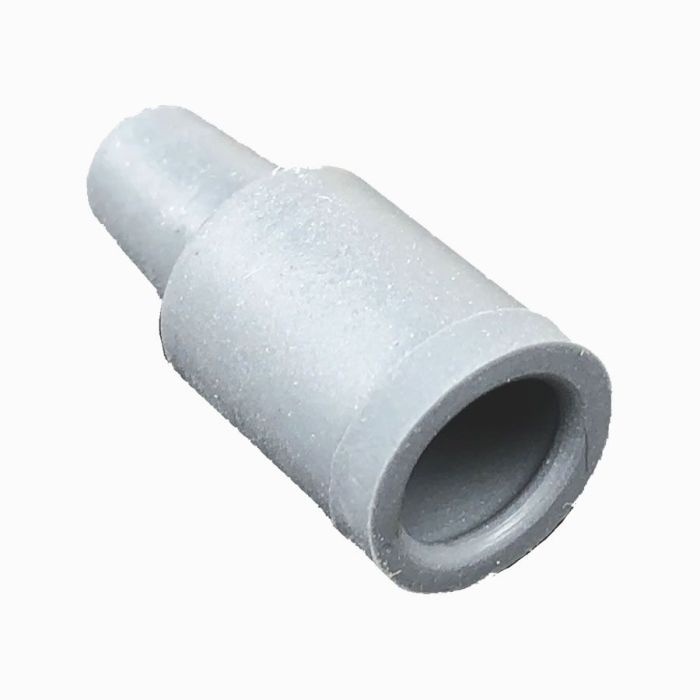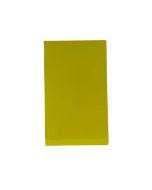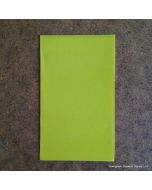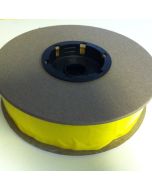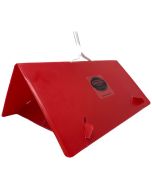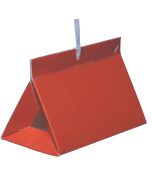European Pine Moth Lure
Latin Name: Dendrolimus pini
Lure: Gray Rubber Septum
Lure Active Ingredient: ZE-5,7-12Ald and ZE-5,7-12OH
Field Life: 30 days
Trap to Use: Red Paper or Plastic Delta Trap
Monitoring Strategy: Hang traps just before the first adults emerge in June, checking weekly and replacing the lure as necessary after four weeks. Check with local forestry service for information and recommendations.
Cultural and Physical Control: Check for defoliation, as well as for eggs in wounds within the tree’s bark. Remove or dispose of as necessary.
Distribution: Endemic to the Mediterranean and the Canary Islands, also found in parts of Africa, Europe, The Middle East, and North America
Hosts: Various Pine species, primarily Scots Pine, but also European Spruce and European Silver Fir
Description: Adult moth: Wingspan is about 40-70 mm. The color of moths varies much from light-gray to brownishblack.
Life Cycle: Moths fly after sunset from late-June through August. Females lay 150 to 300 eggs on the bark of branches and trunks, as well as in the needles, in aggregations of up to 100 eggs. Caterpillars hatch 2 weeks later. They first feed on egg shells, then on needles. In mid-October or early-November, just after the first strong autumn frost, they descend to the ground to overwinter. In early spring, the caterpillars climb up to the tree crown, where they feed until July. They pupate in June, July and August in 5 cm long yellowish-gray spindle-shaped cocoons. Cocoons can be found in bark crevices, on needles and branches. Pupal stage lasts for about 4 weeks. About 1 generation occurs per year.
